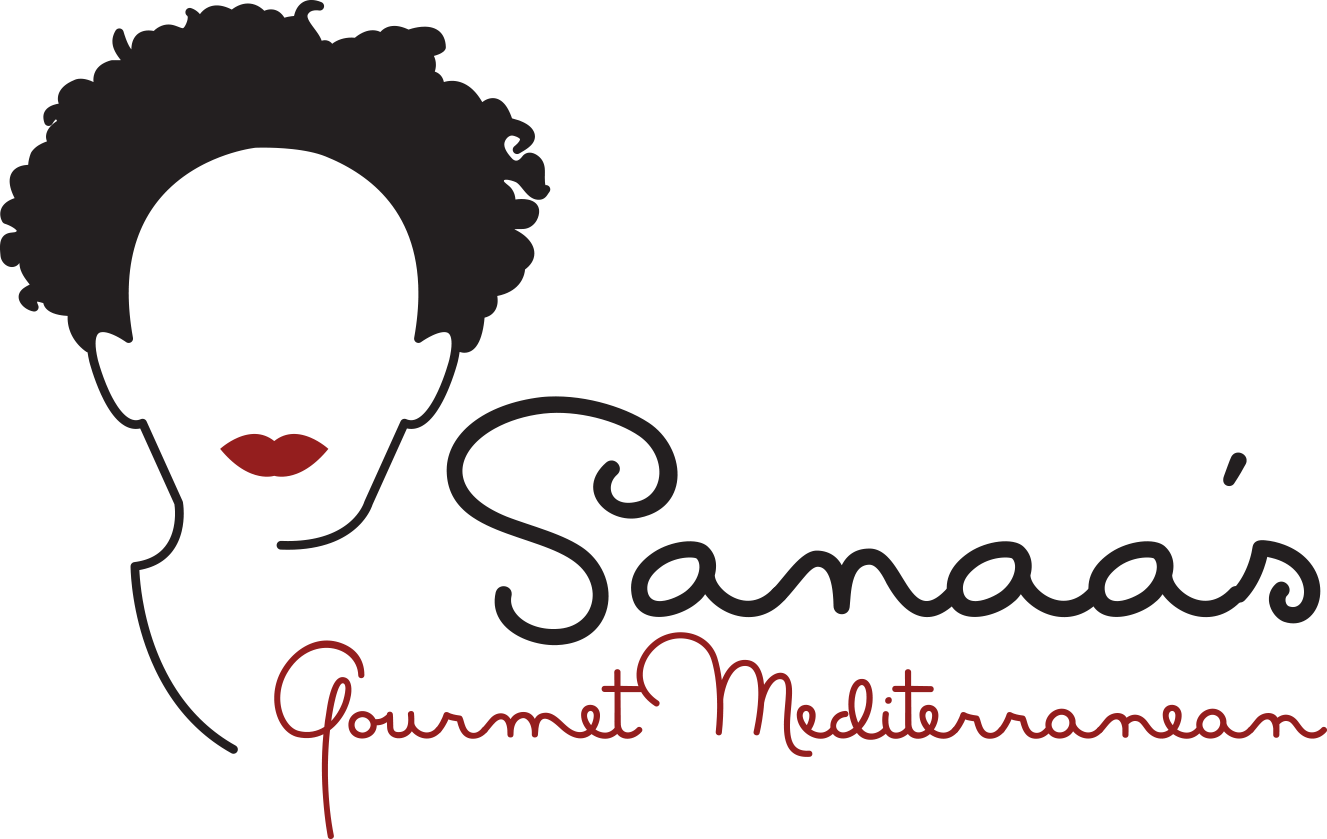Have you Chewed Gum Lately?
I was thinking about my sister, Waffa, the medical doctor. When we were young students, she had a talent for chewing gum and making it pop to the point where I wanted to duct tape her jaws shut. One of the results was that my mother would never allow us to chew gum in public because, she said, it made us look like camels.She had a point.The more I thought about, the more curious I became about the origins of chewing gum. Do you know that people have chewed um since pre-historic times. The first documented experience of people chewing gum came from the Greeks, who used to chew "mastic" gum, which came from the resin of a mastic tree, which is similar to a eucalyptus tree.A Greek medical man, Dioscorides, used powdered mastic medicine in about 50 A.D., to sweeten the breath and to clean teeth. In the spice markets of Syria and other Middle East countries, one can buy mastic in its hardened form, but when mixed with beeswax in the basis for chewing gum.There is also another kind of gum that derives from the resin of pine trees. When the sap is extracted from pine trees, it is mixed with beeswax and sold by the kilo (2.2 pounds) in the markets. This gum is used in ice cream, cheese and other products to make them more gooey.Gum Arabic is found as an ingredient in a number of products, such as ink, soft drink products, gum, medicine, candies, whipped cream, Altoids candy, Mentos Candy, and so on. Gum Arabic, is derived from a resin of the Acacia tree, which is a tree that is drought tolerant and is grown in Africa and India. Arab merchants brought the resin from Africa to Europe.The ancient Mayan tribes in Central America chewed resin from a tree, which was called, "chicle." And we all know about "chiclets" gum, do we not?The modern gum we know today was originated in 1850 by a New Yorker by the name of Adams along with former Mexican general Santa Anna, the Mexican who had conquered the Alma in Texas. Santa Anna eventually had gone into exile in New York. Santa Anna's idea was to mix chicle with rubber to produce cheaper carriage tires. He presented the idea to Adams and had his friends in Mexico chip him a ton of chicle. The experiment in making tires failed, but Adams thought that the chicle could be used to make chewing gum, as he know that it had been used as such in Latin American.He made and packaged chewing gum from the chicle, but at first no one wanted to buy it. So he convinced drugstores owners to place the gum on their counters, guaranteeing he would pick up the product if it didn't sell. The orders for more gum started coming in, which became the beginning of a prosperous industry for Adams.The gum made by Adams was unsweetened, which prompted another inventor, a John Colgan, to make gum from the resin of a balsam tee that was flavored with powdered sugar. He then mixed chicle with sugar and began selling what was called, "Colgan's Taffy Tolu Chewing Gum," which became highly successful.An Ohio doctor, Dr. Edward E. Beeman, who was manufacturing a pepsin powder to aid in digestion, followed up on a suggestion from his bookkeeper, who urged him to put the pepsin into chewing gum and sell it. He blended his pepsin which chicle and began successfully selling it nationwide.A popcorn salesman from Cleveland, Ohio, Dr. William White, discovered that when sugar was mixed with chicle it would absorb different flavors. The result was "Yucatan' gum, which became a hit. White sent a box of his new gum to every member of congress as a promotion, and later ran for congress himself.While it was considered improper for young ladies to chew gum, a Jonathan Primley made the first fruit-flavored gum and called it "kis-me.' The promotion of the name caught on Primley's slogan made the gum popular with "nice girls," who had previously shunned chewing any kind of gum.An accountant for the Fleer Gum Company, Walter Diemer, accidentally discovered bubble gum while the Fleer brothers were attempting to make a rubber product from Chicle. They colored it a playful pink which make it an instant success.Chewing gum appears to have some medicinal effects on teeth and on digestion. There are some studies that show it has a positive effect on concentration and in relieving stress.
